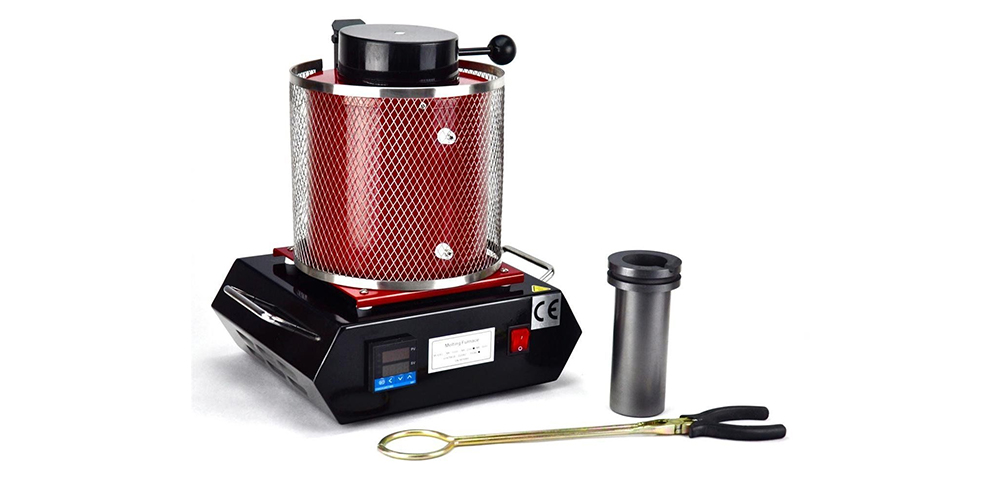Metals may be made into desired shapes using different machines in a factory. However, this method is quite expensive. The same shapes and objects may be made through metal casting. Metal casting allows you to create objects using molten metals, which are poured into empty molds.
Once the molten metal is poured into molds, it is left to cool and harden to take the shape of the mold. In this case, any shape can be molded using desired metals. The desired metals are melted and handled using various metal casting equipment and materials. The equipment and materials vary by design, functionality, and usage.
Metal casting equipment and materials
Furnace and melting: Electric melting furnace
An electric furnace is among the main metal casting equipment used by metal casters. It heats up to extremely high temperatures when melting metals. Electric melting furnaces have digital screens that show the current and expected temperature.
The metals are placed in an electric melting furnace crucible and covered. Different types of electric furnaces heat to varying extents. Some have a lower maximum temperature, while others have a higher maximum temperature. Electric melting furnaces with lower maximums can heat metals with lower melting points, such as aluminum. In comparison, higher maximums are suitable for metals with higher melting points, such as copper.
Always preheat the electric melting furnace before adding any metal to the crucible. The amount of time needed to preheat the electric furnace depends on the type of furnace. Some will preheat for a short time, while others will take a longer time to preheat.
Crucible tongs
Crucible tongs are used for lifting the crucible out of the furnace. They come in various types and shapes. Mostly, they are bought with the furnace. When using the crucible tongs, wear leather gloves and grab the crucible using the grooves of the crucible tongs and lift carefully for the pouring of the melted metal. Afterward, return the crucible to the furnace while still holding it tightly and avoid touching the heated electric melting furnace.
Molds
Melted metal may be poured into different molds. Most metal casters prefer to use molds made of graphite. Graphite molds withstand very high temperatures. The molds are designed in various creative shapes such as hearts, strips, circles.
Like the crucibles, the graphite molds should be preheated using a map gas torch for approximately ten seconds before pouring the molten metal. After pouring the molten metal, the graphite mold could be cooled in cold or hot water for around three seconds. Once the metal stops sizzling, the desired shape is ready and can be handheld. For precious metals such as silver and gold, weighing is recommended to stamp it.
Castings
Other metal casting equipment may include a casting flask and ring. A casting flask and ring are used with other small equipment such as a small hammer to help smash clay in casting molds. Also, a scrapper will help to scrap excess clay from the castings.
There is an unlimited number of items that could be made using metal casting equipment. Using the right equipment for the proper purpose is the most important in metal casting artistry.
